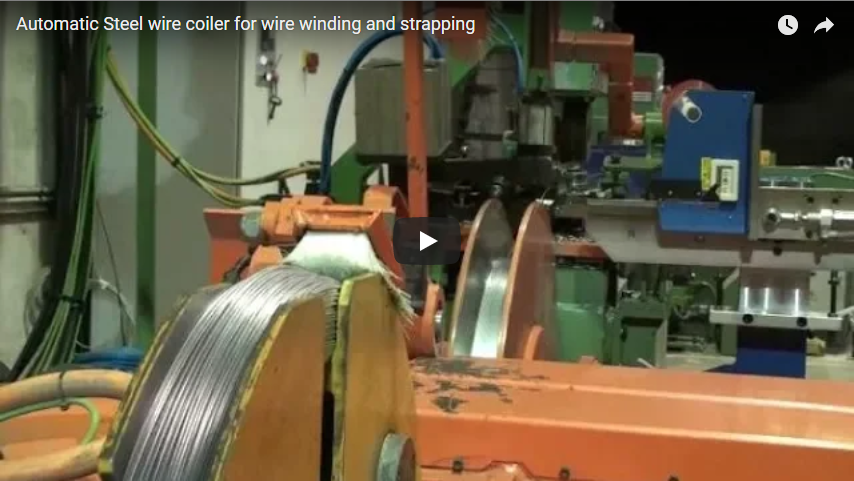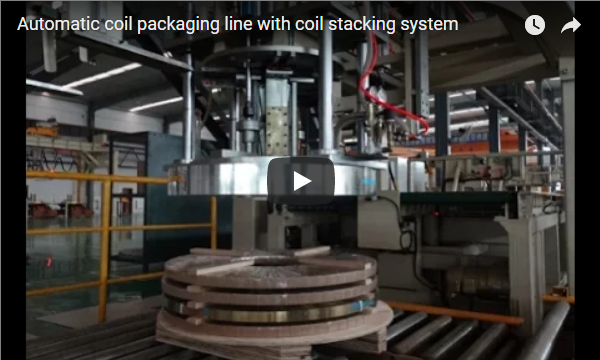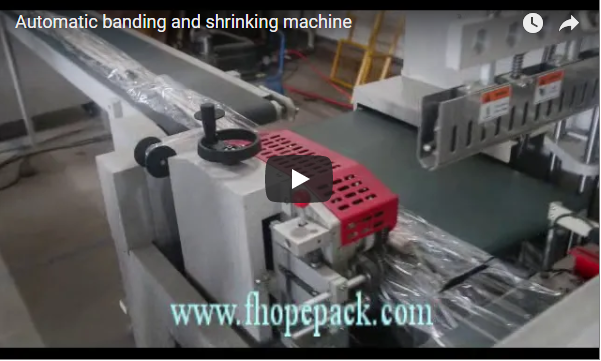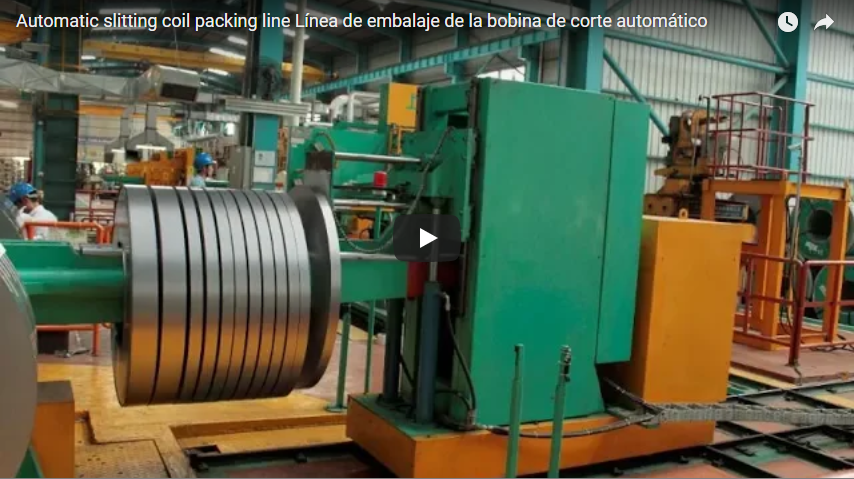Enhancing Production Efficiency: A Technical Overview of Online PVC Pipe Bundling and Strapping Machines
The efficient handling and packaging of manufactured goods are critical in high-volume production environments like PVC pipe manufacturing. Manually bundling and strapping pipes can be a significant bottleneck, prone to inconsistencies and labor-intensive. Online PVC pipe bundle making and strapping machines offer an automated solution, integrating directly into the production line to streamline operations. This article provides a technical overview of these systems, focusing on their components, operational advantages, and integration considerations, following an instructional approach common in industrial publications.
1. Core Functionality: Automating the Post-Extrusion Process
An "online" PVC pipe bundle making and strapping machine operates continuously as pipes exit the extruder, cooling, and cutting stages. Its primary functions are:
- Accumulation: Collecting a predetermined number of pipes.
- Arrangement: Forming the pipes into a stable bundle geometry (e.g., square, rectangular, hexagonal).
- Securing: Applying straps at designated intervals to maintain bundle integrity for handling, storage, and transport.
This automation directly addresses challenges associated with manual handling, such as inconsistent bundle tightness, potential pipe damage, and the high labor costs required to keep pace with production output.
2. Key System Components and Technical Parameters
A typical online PVC pipe bundling and strapping system comprises several integrated modules:
- Infeed Conveyor System:
- Receives pipes directly from the upstream cutting or handling equipment.
- Often synchronized with the production line speed using variable frequency drives (VFDs).
- May incorporate sensors (e.g., photoelectric) to detect pipe presence and initiate the accumulation process.
- Pipe Accumulation and Alignment Section:
- Uses mechanisms like gravity feed channels, star wheels, or pusher arms to gather the correct number of pipes.
- Guides or alignment tools ensure pipes are parallel and properly positioned for bundling.
- Parameter Example: Configurable pipe count per bundle.
- Bundling Mechanism:
- Forms the accumulated pipes into the desired shape.
- Common methods include side clamps, overhead presses, or forming chambers.
- Parameter Examples:
Bundle Shape:Square, Rectangular, Hexagonal (often selectable).Pipe Diameter Range:e.g., 16mm - 110mm (system specific).Pipe Length Range:e.g., 3m - 6m (system specific).
- Automatic Strapping Head(s):
- Applies straps (typically Polypropylene (PP) or Polyester (PET)) around the formed bundle.
- Features automatic strap feeding, tensioning, sealing (heat seal or friction weld), and cutting.
- Multiple heads may be used for longer bundles or specific strapping requirements.
- Parameter Examples:
Strap Material:PP / PET.Strap Width:e.g., 9mm - 16mm.Strapping Tension:Adjustable (e.g., 15 - 70 kg).Strapping Cycle Time:e.g., 10-20 seconds per strap (machine dependent).
- Control System:
- Typically utilizes a Programmable Logic Controller (PLC) for overall machine logic, sequence control, and parameter adjustment.
- A Human-Machine Interface (HMI) provides operator controls, status monitoring, alarm diagnostics, and recipe management (for different pipe sizes/bundle configurations).
- Common Features: Integration capabilities (e.g., Ethernet/IP, Profinet) for communication with plant-level control systems.
- Outfeed System:
- Conveys the completed, strapped bundle away from the machine, often onto collection tables, roller conveyors, or automated guided vehicles (AGVs) for transport to storage or shipping areas.

- Conveys the completed, strapped bundle away from the machine, often onto collection tables, roller conveyors, or automated guided vehicles (AGVs) for transport to storage or shipping areas.
3. Operational Advantages and Real-World Gains
Implementing an automated bundling and strapping system yields significant benefits:
- Reduced Labor Dependency: Frees up personnel previously assigned to manual bundling for other value-added tasks. Can operate 24/7 with minimal supervision.
- Increased Throughput: Matches the speed of the extrusion line, eliminating packaging bottlenecks and enabling higher overall production rates. Consistent cycle times ensure predictable output.
- Improved Bundle Quality: Ensures uniform strap tension and placement, resulting in stable, secure bundles less prone to shifting or loosening during transit. Reduces risk of pipe damage.
- Enhanced Workplace Safety: Minimizes manual lifting and handling of potentially heavy or awkward pipe bundles, reducing the risk of musculoskeletal injuries.
- Operational Experience Insight: Adjusting strap tension via the HMI is crucial. Thicker walled pipes might require higher tension for stability, while thinner walled pipes need lower tension to prevent deformation. Regular checks of the strap sealing mechanism (heater blade or friction welder components) are vital for consistent performance and preventing strap failures.
4. Integration and Operational Considerations
Successful implementation requires careful planning:
- Line Synchronization: Ensuring the bundling machine's speed matches the upstream production output is critical to avoid pipe backlog or machine starvation.
- Layout and Footprint: Adequate space must be allocated for the machine, including infeed/outfeed conveyors and maintenance access.
- Material Handling: Consider how finished bundles will be removed and transported (e.g., forklift access, crane interface, downstream automation).
- Maintenance: Like any automated equipment, regular preventive maintenance schedules are essential for lubricating moving parts, inspecting wear items (strap cutters, sealing components), and checking sensor functionality. Adhering to manufacturer recommendations maximizes uptime. Learn more about general industrial automation benefits.
5. Selecting the Appropriate System
Choosing the right machine involves evaluating several factors:
- Production Requirements: Match the machine's capacity (pipe sizes, bundle configurations, cycle speed) to your specific manufacturing needs.
- Level of Automation: Determine the desired degree of automation, from basic bundling/strapping to fully integrated systems with automatic recipe changes.
- Flexibility: If you produce a wide range of pipe sizes, ensure the machine offers quick and easy changeover capabilities.
- Vendor Support: Consider the manufacturer's reputation, technical support availability, spare parts provision, and training services.
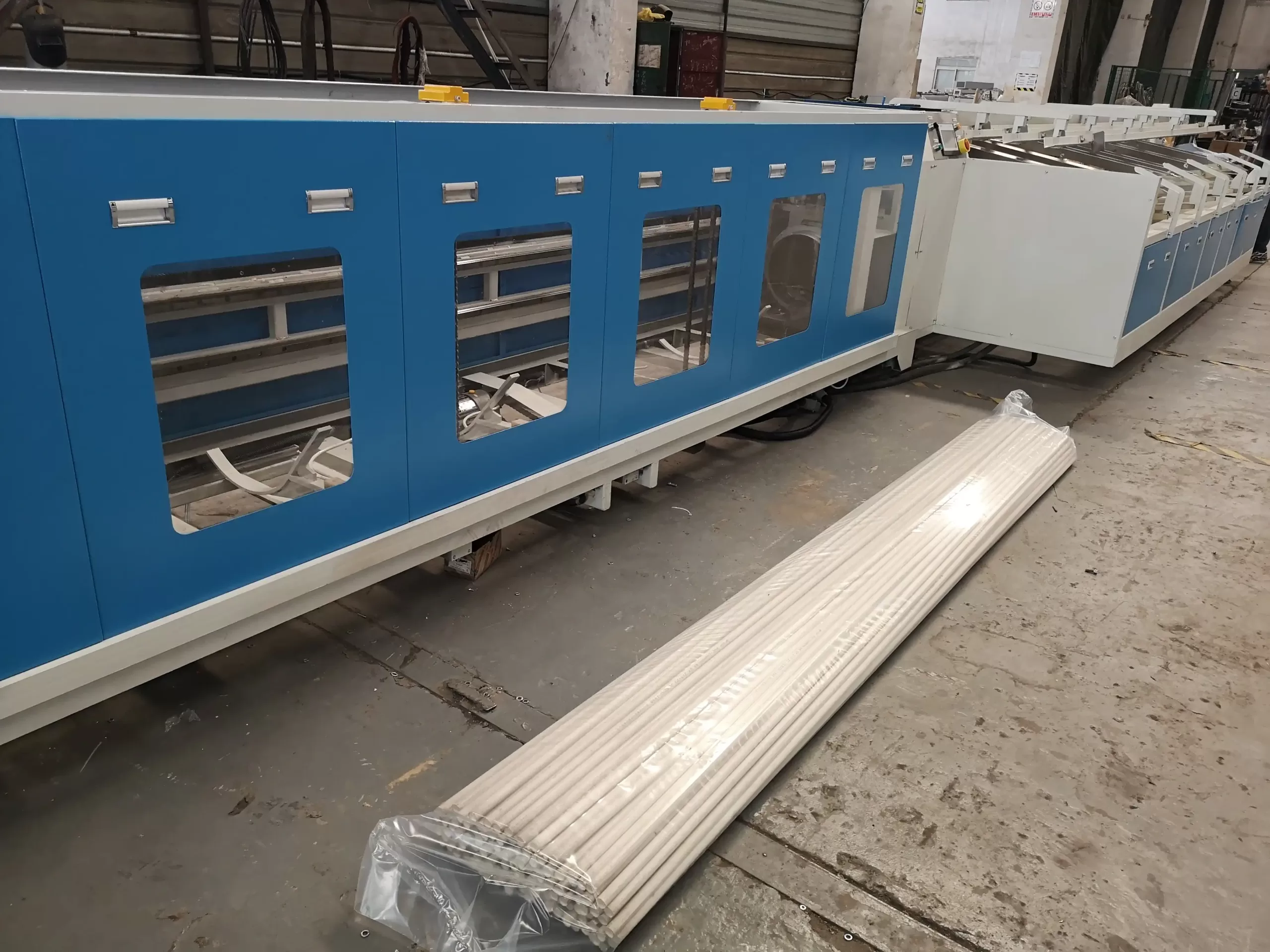
Conclusion
Online PVC pipe bundle making and strapping machines represent a significant technological advancement for the pipe manufacturing industry. By automating a labor-intensive process directly within the production flow, these systems deliver measurable improvements in efficiency, consistency, safety, and overall throughput. Careful selection based on specific production needs and proper integration into the existing line are key to maximizing the return on investment and achieving streamlined, modern pipe packaging operations.

